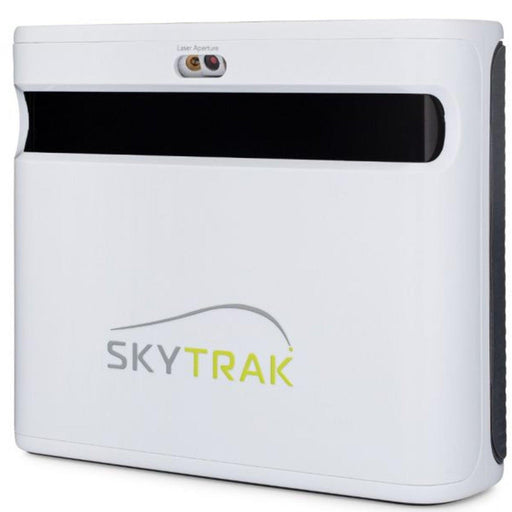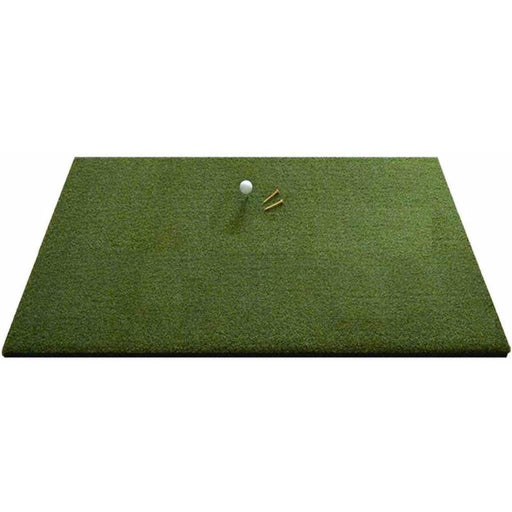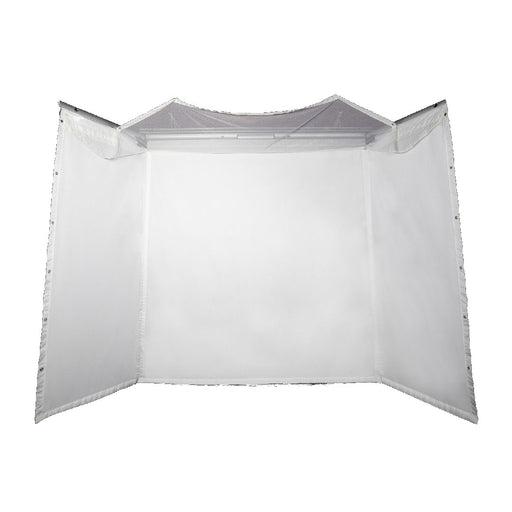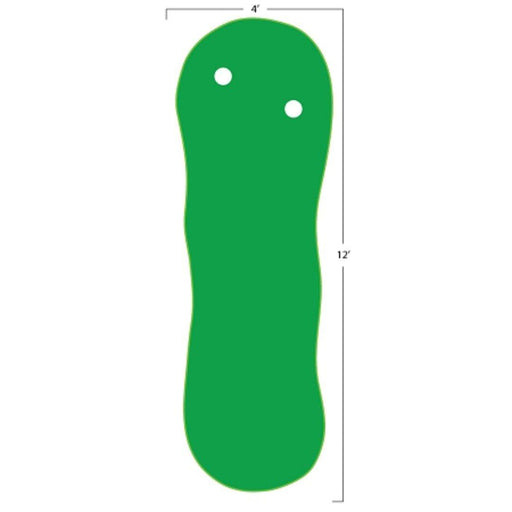
The Science Behind Golf Simulator Technology
Golf simulator technology has transformed the way golfers practice and play the game. These sophisticated systems offer an immersive golfing experience, allowing enthusiasts to swing, chip, and putt without leaving the comfort of their homes. But have you ever wondered about the science behind golf simulator technology? In this blog post, we'll delve into the fascinating world of physics, mathematics, and engineering that make these simulators possible.
Understanding Ball Flight Physics
To create a realistic golf simulator experience, it's essential to accurately simulate the flight of the golf ball. This is where the science of physics comes into play. Several key factors influence ball flight:
- Launch Angle: The angle at which you strike the ball determines its initial trajectory. Lower angles result in a lower ball flight, while higher angles produce higher, more arched shots.
- Clubhead Speed: The speed at which you swing the club has a direct impact on the ball's velocity. Faster swings generate more distance.
- Clubface Angle: The orientation of the clubface at impact determines the direction of the shot. A square face results in a straight shot, while an open or closed face produces fades or draws, respectively.
- Spin: Backspin and sidespin impart rotation to the ball. Backspin keeps the ball in the air longer, while sidespin causes it to curve left or right.
- Wind Resistance: Air resistance or wind can influence the ball's trajectory and distance. Simulators factor in wind speed and direction to simulate real-world conditions.
Technology Behind Ball Tracking
Golf simulators employ advanced technology to track and analyze ball flight. This typically involves the use of high-speed cameras and infrared sensors. Here's a brief overview of how these systems work:
- High-Speed Cameras: Multiple high-speed cameras are strategically placed to capture various aspects of the shot. They record the initial clubhead speed, the angle of the clubface, and the ball's launch angle and spin rate.
- Infrared Sensors: Infrared sensors are often placed near the impact screen to monitor the ball's interaction with the screen. This helps the simulator calculate the ball's path accurately.
- Data Processing: The collected data is processed by powerful software, which then renders a virtual representation of the ball's flight. This includes the initial path, apex, and landing position.
Creating a Realistic Golf Course Experience
In addition to accurately replicating ball flight, golf simulators strive to recreate the experience of playing on a real golf course. This involves using 3D modeling, satellite imagery, and topographical data. The simulator software combines all these elements to produce realistic visuals and terrain, providing golfers with an immersive golfing experience.
Measuring Club Data
To analyze your swing and improve your game, golf simulators also measure club data. This data includes your clubhead speed, attack angle, and swing path. By assessing these metrics, you can pinpoint areas that require improvement and work on perfecting your swing.
Golf Simulator Technology
Golf simulator technology is a fascinating blend of physics, mathematics, and engineering. It combines precise ball flight physics, cutting-edge technology for ball tracking, 3D modeling, and club data analysis to provide golfers with an authentic and immersive golfing experience. Understanding the science behind golf simulators can help players appreciate the level of accuracy and realism that goes into these systems, ultimately enhancing the practice and enjoyment of the game.

Have Questions About Golf Simulators?
Our expert team is here to help you find the perfect golf simulator for your needs.
Featured products
-
SkyTrak+
Original price $2,995.00 - Original price $3,145.00Original price$2,995.00 - $3,145.00$2,995.00 - $3,145.00Current price $2,995.00Introducing the SkyTrak+ Launch Monitor: Unmatched Accuracy and Advanced Features Experience a new level of precision and innovation with the SkyTr...
View full details -
ProTee Majestic Simulator Package
Original price $9,618.00 - Original price $13,848.00Original price$9,618.00 - $13,848.00$9,618.00 - $13,848.00Current price $9,618.00ProTee Majestic Golf Simulator Package: Elevate Your Indoor Golf Experience Transform your home or business into a golfer’s dream with the ProTee M...
View full details -
Eagle Golf Mat
Original price $370.00 - Original price $1,130.00Original price $370.00$370.00$370.00 - $1,130.00Current price $370.00Introducing the Eagle Golf Mat: The Ultimate Golf Experience Are you passionate about golf and demand nothing but the very best in your practice eq...
View full details -
Retractable HomeCourse® Golf ProScreen 180
Original price $2,299.00Original price $2,299.00 - Original price $2,299.00Original price $2,299.00Current price $1,999.00$1,999.00 - $1,999.00Current price $1,999.00HomeCourse® Golf ProScreen 180 HomeCourse® Golf ProScreen 180 is a retractable golf screen and enclosure. HomeCourse® Golf ProScreen 180's ballisti...
View full details -
The Augusta V2 4'x12' 2 Cups
Original price $399.00Original price $399.00 - Original price $399.00Original price $399.00Current price $329.00$329.00 - $329.00Current price $329.00The Augusta is one of Big Moss’ traditional models. It offers unmatched versatility for teaching and year round practice. Make a long-term investme...
View full details





